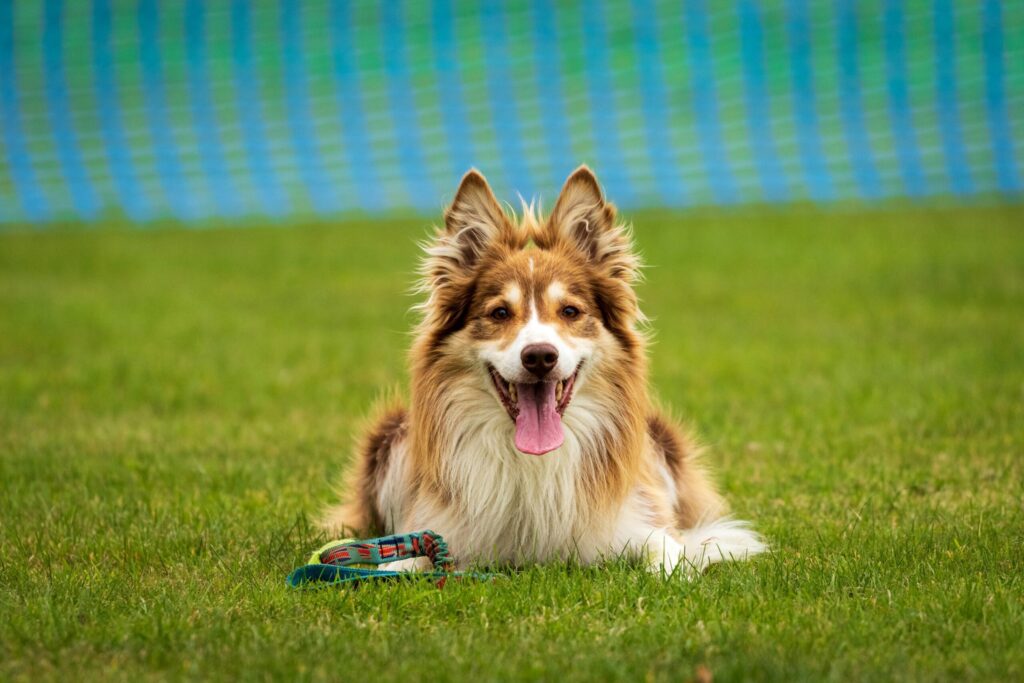
If you are thinking of training your dog and don't know how, let science be your guide.
Good intentions and chaos
It could be that you are looking for information on how to start training your dog.
And you are almost certainly overwhelmed with the amount of information on the internet or at the park about dog training.
Do I need a trainer, an educator or an ethologist?
If you are confused and lost when it comes to terminology or exposure to different techniques.
Like yes, positive training, traditional training, natural, kind, behavioural, cognitive, instinctive, ethical... and an endless list of other terms that don't make you clear...
I invite you, in this article, to simplify and stick to what is important, based on science.
What to do to train a dog?
The best thing you can do to train your dog is to learn it yourself first. I don't recommend that you improvise.
Improvising is what most people do when it comes to training their puppies, and they end up paying dearly for it.
This is because modifying inappropriately learned behaviour is more difficult than teaching new behaviour from scratch.
In many cases, it is impossible to completely eliminate a learned behaviour and for it never to reappear.
What is the ideal age to train a dog?
This is a very common question among dog owners or guardians.
The best thing you can do to have a happy, well-behaved dog is to start training as soon as possible. Even if you start before you join the family, you will gain valuable time.
This is because puppies grow at full speed and during their development there are times when, depending on what you want to teach them, they can be a real sponge. Or, conversely, they may not be ready.
For this reason, you should know in advance what you can show them and what you can ask for at any given moment.
If you want to know more about when to start training your puppy or what to teach him at any moment, I recommend you take a look at this article.
How to train a dog at home?
Of course, having the guidance of a qualified professional when training your dog is a great advantage. But it does not exempt you from dedicating the necessary time and effort to your dog's education on a daily basis. You will have to train at home and during your walks.
Let science be with you
Whether it's choosing a professional dog trainer, or guiding you in teaching your dog yourself, science has revealed 3 "must to's" that you should make sure are present. Make sure they are and you'll be on the right track.
- Train based on positive reinforcement: Science has shown that there is an association between the use of aversive training techniques and behavioural problems such as aggression towards the family or anxiety.
Training your dog based on palatable goals and rewards not only works consistently, but also minimises the risk of your dog associating negative feelings with everyday situations or your presence.
What is considered positive reinforcement?
Positive reinforcement is reinforcement whose application increases the likelihood and frequency with which a behaviour occurs. It is basically adding something that the dog likes. It can be verbal praise, desired petting, play, attention and of course food.
- Consider your dog's emotional state during training: Science has taught us that our dogs' emotions matter a lot when it comes to training them.
Our dogs' brains are very similar in structure and biochemistry to ours. It gets excited and it feels. And it has been proven that a brain that is excited will remember what it learns better. Especially when the emotions are intense, such as fear or joy.
But because context has a strong influence on learning, when your dog learns based on negative emotions, such as fear, he will tend to avoid situations and lose interest and curiosity in learning new things. In addition to creating discomfort and confusion, you will be greatly limiting his learning potential.
How to tell if my dog is in a positive state of mind during training
- He is involved in training
- Show attention and enthusiasm in an active way
- Their body language shows no signs of fear, aggression or anxiety.
- Accepts rewards gladly
- Individualise learning: If you know dogs, you know that no two are alike. Clearly they are dogs, and therefore share some instinctive tendencies and bases. However, each individual is unique and will show a different personality unique that will clearly differentiate you from all the others.
This individuality must be taken into account when training and educating him, adapting the exercises and the pace of the sessions, as well as our own behaviour towards the dog in front of us.
How do I know that I am going at my dog's individual pace?
- Don't abuse the training: In dogs it is true that less is more. It is preferable to leave him wanting to continue training rather than exhausted and wanting to give up training.
- Strive to maintain orderPrepare the exercise you will do in advance, as well as the levels of difficulty or steps into which you will divide them. Repeat each level or step 3 to 5 times and make sure he/she understands it perfectly before moving on to the next level. Don't be afraid to go back if he/she seems confused, unsure or unsteady.
References
1. Bekoff, M. 2018. Canine Confidential. In Canine Confidential. University of Chicago Press.
6. Dodman, N. H. et al. 2018. Associations between owner personality and psychological status and the prevalence of canine behavior problems. PloS one, 13(2), e0192846.
11. Topál, J. et al. 1997. Dog-human relationship affects problem solving behaviour in the dog. Anthrozoös, 10(4), 214-224.



